We can come to very different understandings, depending on what aspects of the situation we notice and how we interpret what is going on, and these are both influenced by our dominant paradigms, our mental models and mindsets, or our inner voice.
And while that’s clearly important to understand in terms of the influence that our inner voice has on our decision-making, it’s also important to recognise that your decisions are not made in isolation and there are cascading effects in your organisation that you’re not even aware of that can have immediate consequences or inform other decisions or events that happen days, months or even years down the track, when you’re no longer there.
Which means you have even more of an ethical responsibility to be aware of your inner voice and how it might restrict whether or not you’re open to learning.
The Reflexive Loop is a cognitive process that can actually reaffirm how well our or how ‘right’ our inner voice is, and it can prevent us from listening to alternative ways of understanding things, which is particularly dangerous if it prevents us from learning.
One of the tools that we can use to better problem solve and be aware of our inner voice is the “Ladder of Inference”. It graphically depicts the process we use to draw our opinions and judgments from data, showing that our individual evaluations are, or the way we see things, in reality, is highly abstract and inferred.
Ladder of Inference

Ladder of Inference, Argyris, C.
At the bottom of the Ladder of Inference is the data that we can directly observe. These are things that can be objectively observed. From that objective data however, we become subjective. We let our inner voice and cultural influences, like group dynamics, interpret and make sense of an event.
For example, I was speaking with a non-executive director who was explaining his initial reaction to an incident he had heard about in the organization of which he was a board member, where a truck at an airport had hit a plane on the tarmac. He said his initial reaction to the incident was a question of whether the driver of the truck was drunk.
The directly observable data from the event is that a truck hit a plane, but what comes after that is the power of our inner voice.
Paradigms
In a previous video, I talked about two controlling or dominant paradigms in our boardrooms around the way work is done. One of them was the paradigm of linear thinking.
Linear thinking paradigm
This paradigm means that you likely believe that incidents happen through a sequence of events that line up in a linear fashion – Event A, causes event B, and that causes Event C, and so on. This line of thinking leads us down a path to hunt for what’s broken or bad decisions. Your inner voice would likely say the same thing that this director was saying “Was he drunk?”, or “Was he on his phone and distracted?”, “Was he fatigued?”.
Now these factors might be true, but the linear thinking paradigm supports a mental model that believes human error is a cause of incidents, not a symptom of something deeper happening in the system.
Our investigations will therefore stop at someone making a bad decision, rather than trying to understand,
“what are the patterns of behaviour that may have led to this incident?”.
And importantly for board members and other leaders,
“how has the structure of the system in which “we” have designed, influenced people’s decision-making?”.
Iceberg Model, A Tool for Guiding Systems Thinking
“People are a problem to control” mental model
This mental model sees human error as the cause of incidents and perpetuates a belief that if “we” (leaders) have more control, there is less room for human error.
Questions of whether someone was drunk, fatigued, distracted are focussed on human error and someone making a bad decision.
On the Ladder of Inference, these questions are on those higher rungs of the ladder where we make judgments and apply our personal values to the data that we’ve been provided.
There is nothing inherently wrong with drawing inferences and conclusions from the events we observe. In fact, the ability to move quickly up the ladder is what enables us to make sense of the incredibly complex, infinitely detailed world in which we live.
But what we don’t often realize is that our inner voice and cultural dynamics directly affect what new observable data we will let into our decision-making. Meaning, we will ignore or filter out information that does not align to our inner voice or the cultural dynamics of the group. We simply won’t be aware of an alternative way to look at an event.
In the book The Machine That Changed The World, the authors tell the story of a General Motors plant manager’s reaction after seeing a lean production plant in Japan: He “reported that secret repair areas and secret inventories had to exist behind the plant, because he hadn’t seen enough of either, for a ‘real’ plant.” In actuality, there was no rework area in that plant — they drove the cars right off the assembly line and onto the ships. The GM manager’s paradigm of a “real” plant kept him from seeing that there might be an alternative way to produce cars.
Reflexive Loop
In amongst all the data that we’re seeing that confirms our beliefs and assumptions, there is this Reflexive Loop that’s happening. Reflexive meaning that it’s something that turns back onto itself, and this happens subconsciously and involuntarily.
This is reflected in the arrow on the left of the ladder showing how our inner voice can influence what information we pay attention to and reaffirm our way of seeing things which then can distort our future decision-making, and close our mind to learning from others.

When we make leaps up the “Ladder of Inference” from data to values and assumptions, we’re operating based on those assumptions as if they’re reality.
It can also be called the paradigm-creating loop, because it is the process through which, over time, we develop a shared set of cultural assumptions and values about how we view reality.
In our airport example, the shared assumptions on that governance committee, likely informed by the inner voice of those on the committee became “incidents are a result of human error”; that is, people not paying enough attention, not obeying the rules or following the procedure or investing enough effort.
When in actual fact,
human error is a consequence of incidents, not a cause.
In other words, if people are doing the wrong thing, it’s really a symptom of trouble deep inside the system.
Companies that seek to add more automation and proceduralization to reduce variety, diversity, deviation, and instability, end up reducing people’s autonomy, creativity and reactivity and this makes the system, or your organisation, increasingly brittle where the work is not linear and simple, and that is most of the work in our organisation.
Identifying our biases
One of the ways to use the Ladder of Inference, and be aware of the power of our mental models, paradigms and mindsets – be aware of your inner voice.
To help you use the Ladder of Inference, I’ve created a short guide that you can download here. The Guide will act as a framework for you and your board to go through a step-by-step reasoning process that will help everyone remain objective – or you could use it as a personal tool to check your line of thinking.
This Guide will be particularly useful when you’re working or challenging others, or where you want to reach a shared conclusion without conflict because you’re all clear about the role your paradigms, mental models and mindsets can play in your decision-making because.
The Ladder will make it easier to talk about at what point do we start to add in judgements, values and assumptions. The Ladder also helps you be transparent with others on why we are selecting certain data to inform our decision-making.
As always, I hope this has helped you in your quest to know What to Ask and When to Act.
Be brave and stay true to your commitment to lead from the heart and I am confident you will reap the rewards.
Welcome!
I’m Samantha
I help board members succeed in the boardroom and make a positive impact on the health, happiness and resilience of society through their effective leadership and governance of safety, health and well-being.
RESOURCES
YOU MAY ALSO LIKE…
FEATURED CONTENT
[text-blocks id=”4249″ plain=”1″]

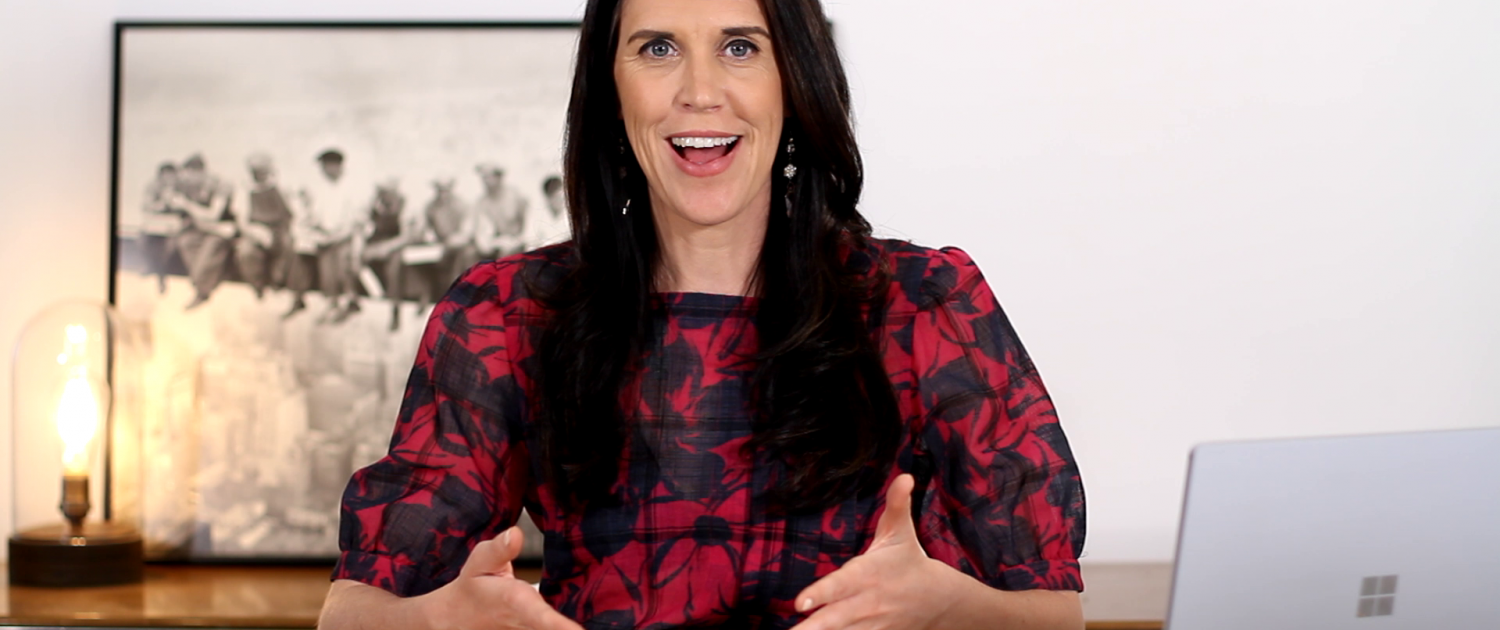
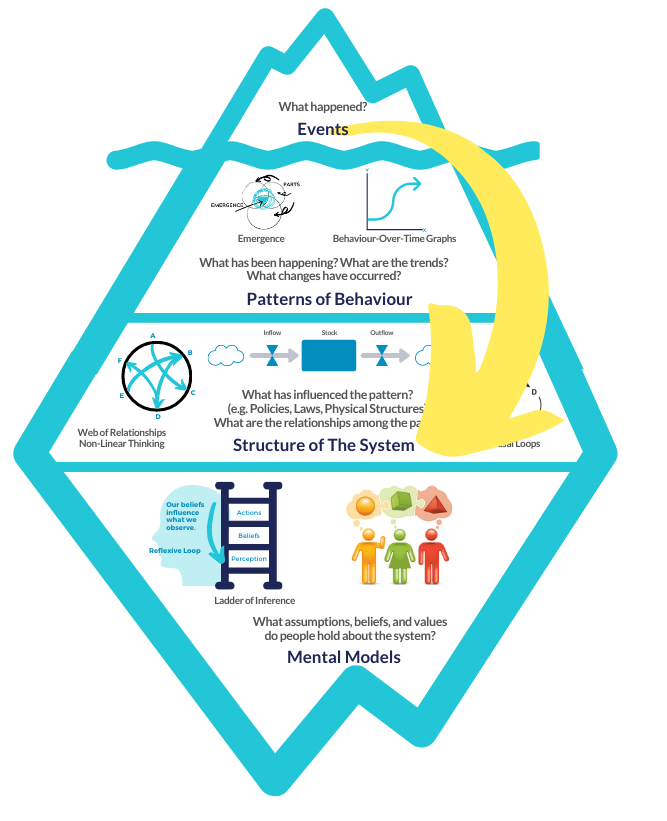
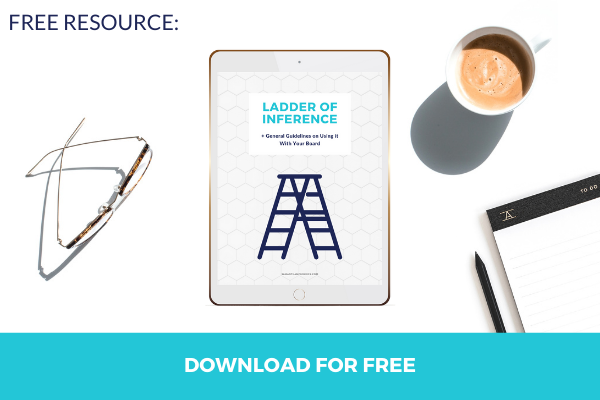


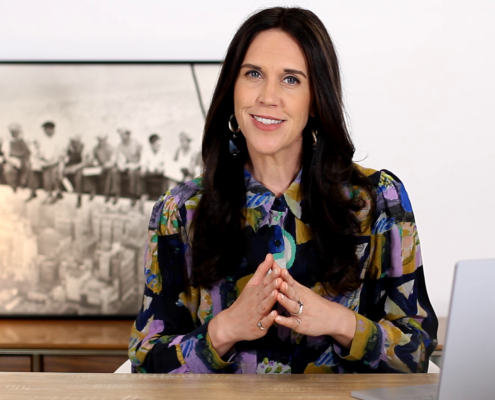
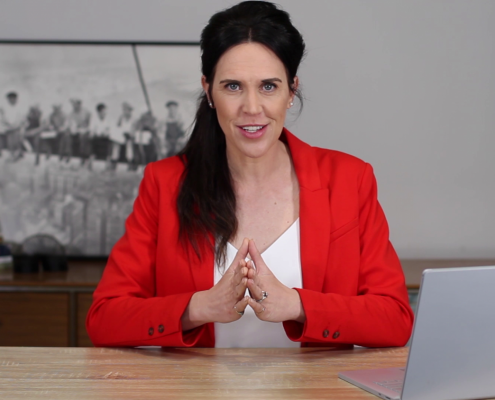
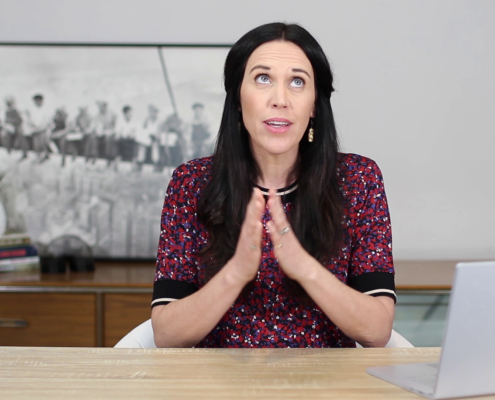

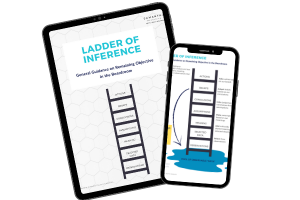
Let us know what you have to say:
Want to join the discussion?Your email address will not be published.